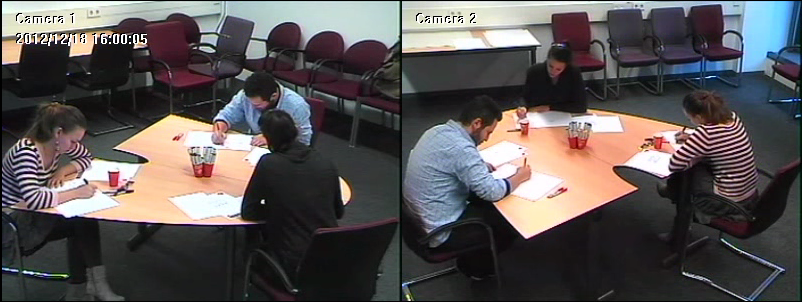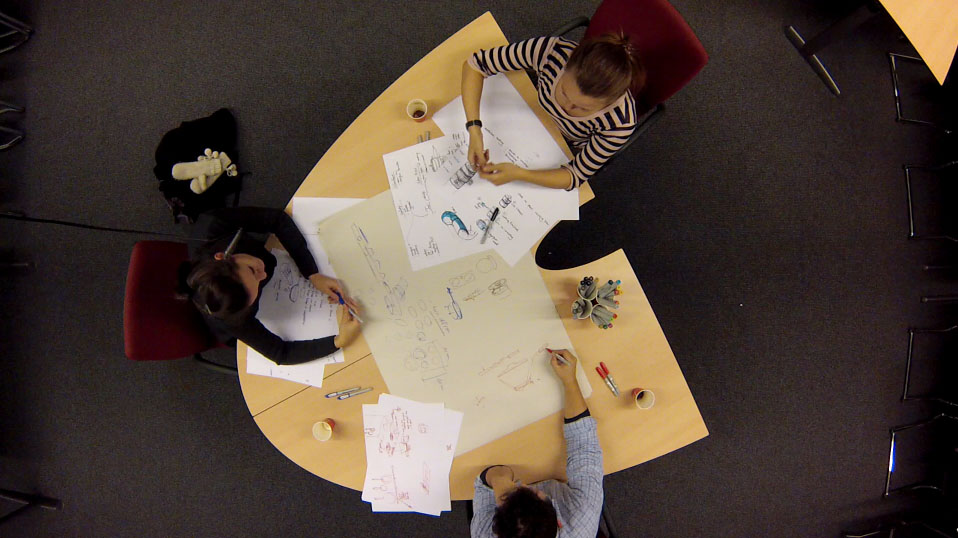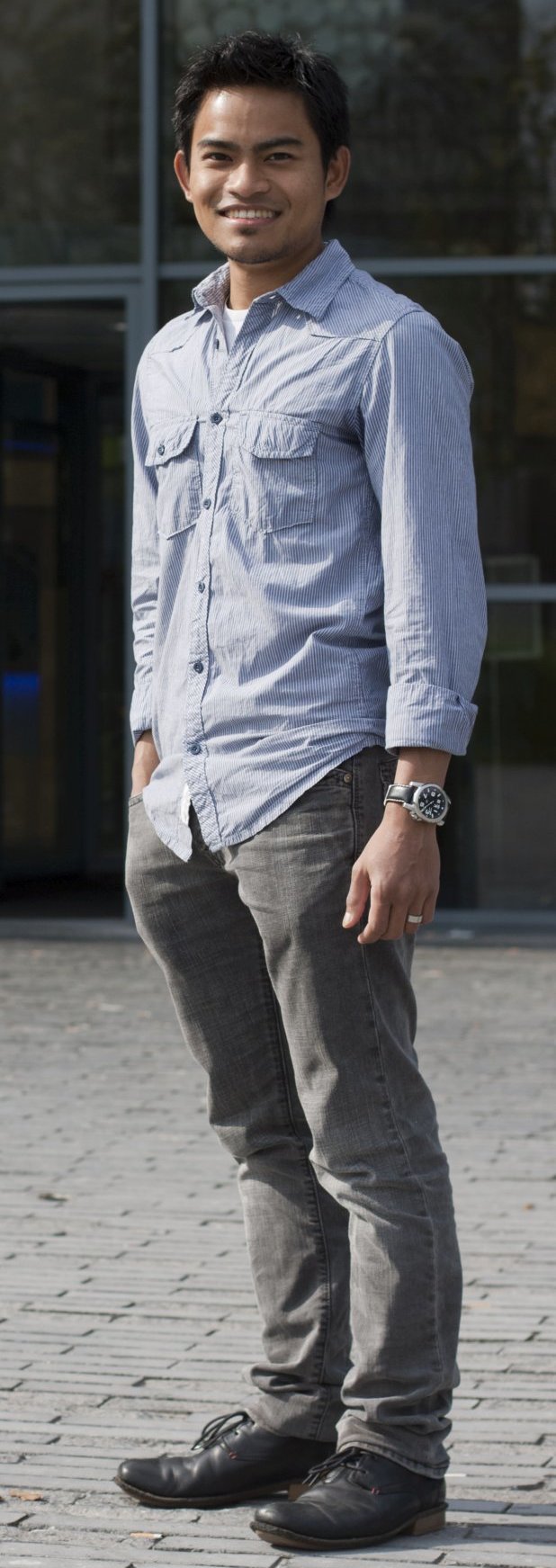Grab a pencil and paper
What do you need as an industrial designer? What are your main tools? Pencil and paper, says Nik Shahman. He researched the usefulness of sketching in a design team and obtained his PhD on December 22nd with his research.
Your mind in front of you
Nik Shahman loves to draw and has so all his life: as a child he made sketches wherever he could. Drawing stimulates creativity, in his experience: 'You visualize what you see in your mind in front of you, so you don't forget the idea. You entrust your brain, as it were, to the paper. In this way you create space in your memory for new ideas. And then the sketch in front of you also leads to new ideas'.
He believes in traditional sketching, with pencil and paper, so not digital, because then you have to make all kinds of software your own again. No, just the most basic, spontaneous sketches, because that comes straight from the brain, on paper.
Back and forth
After obtaining his bachelor's degree in Malaysia, Shahman started working as a freelance designer and tutor at the university. Soon the Malaysian government offered him a scholarship, which allowed him to obtain his master's degree at the University of Loughborough in Great Britain. Shahman was promoted to university lecturer in industrial design at the University of Malaysia Kelantan and a new scholarship followed, allowing him to perform doctoral research in Delft. The subject was quickly found: drawing and sketching, because that's where his designer's heart lies.
“Sketching is a unique way to communicate in a design team,” says Shahman. “As soon as you visualize something, the discussion becomes clearer. So a sketch is often the starting point for the design”. Shahman wanted to know exactly how this worked. How big is the role of sketching in the creation of a design? How does drawing influence the way of communicating, and in particular how do design teams arrive at a shared understanding? For his research, Shahman set up six groups with design students. Three of the groups were only allowed to communicate by means of sketches; they were not allowed to talk: the silent drawing groups. The other three groups were allowed to sketch and talk: the verbal drawing groups. All groups were given the same assignment: to design cooking utensils for the blind for use at a campsite. They were all given the same amount of time. He wanted to know to what extent the ideas could be worked out with mere sketches.
More than a thousand words
The unexpected result: the groups all produced roughly the same number of sketches, but the 'silent groups' came up with usable ideas more quickly. The 'talking groups' lost valuable time because of the verbal communication, because the conversations were soon about other things than the assignment. It underlines the importance of drawing: it is an efficient way to come to a design as a team, more efficient than talking. Especially in the conceptual phase of the design, i.e. the starting point, sketching is important, Shahman. In his dissertation Shahman sketches a theoretical framework for a design team to arrive at a shared understanding through drawing. Because that is what everything revolves around in a team, a shared understanding.
Border-crossing
Shahman is at home, in Malaysia. Because of the corona pandemic he is not allowed to leave the country. In the background there are children's voices: his two little daughters, who are having an extended Christmas vacation, also because of the corona crisis. "Does it bother you too much?" he asks kindly. They have to go to bed soon. He must also defend his dissertation, 'The Role of Sketching on Shared Understanding in Design', from his home in Malaysia. This defence will be an international occasion: in the doctoral committee, Sweden and Germany will be represented, alongside the Netherlands in a video meeting.
Drawing is so important in this day and age, he emphasises: “Especially now that design teams can't sit in the same room, they have to come to a shared understanding with sketches. You can talk about a rectangle, but how big is that rectangle? And what are its proportions?” Those sketches don't have to be beautiful, he states. “I never mind if sketches are ugly. Beautiful or ugly, they remain the designer's weapon”.





